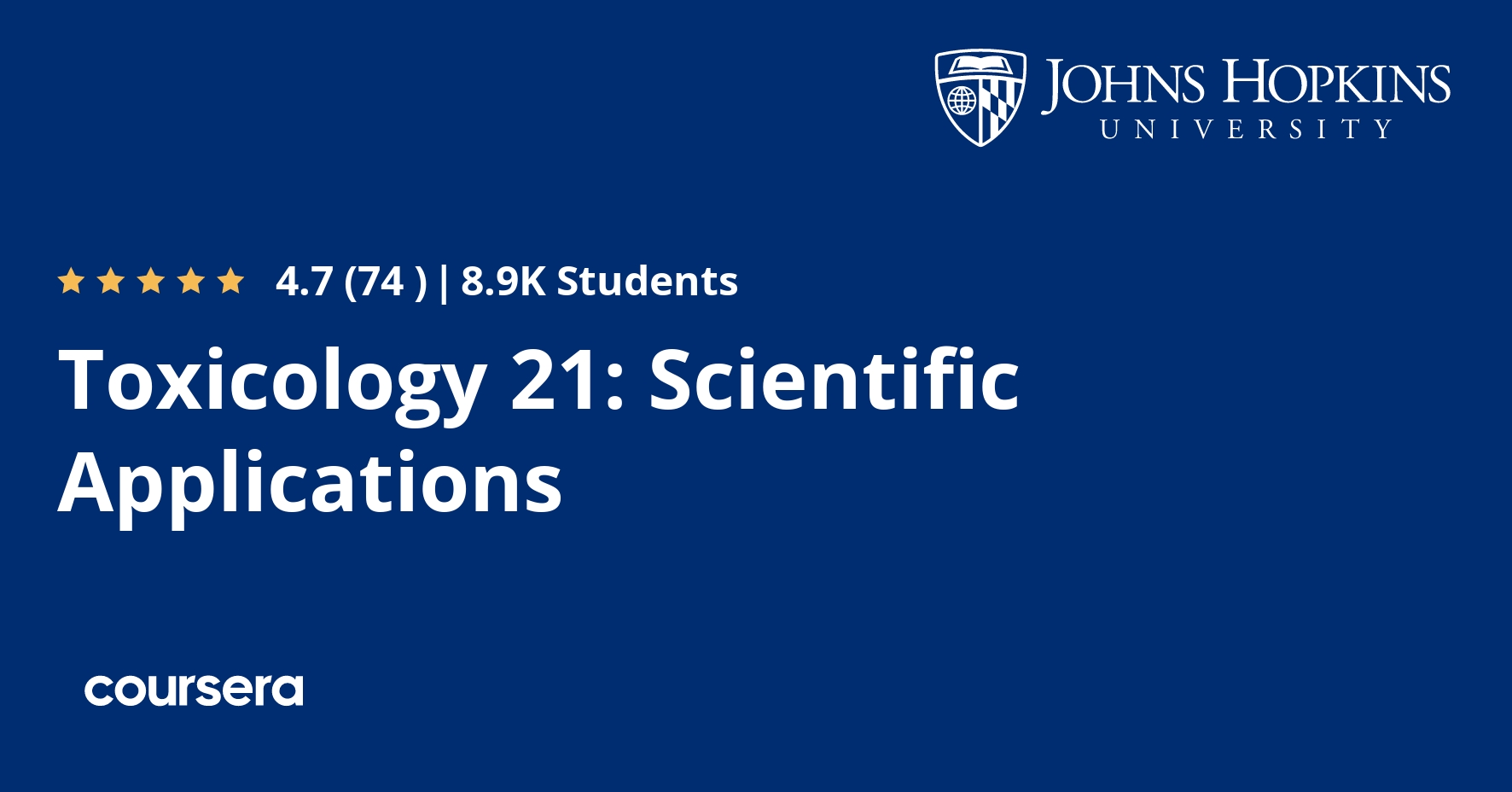Description
This course familiarizes students with the novel concepts being used to revamp regulatory toxicology in response to a breakthrough National Research Council Report “Toxicity Testing in the 21st Century: A Vision and a Strategy.” We present the latest developments in the field of toxicology—the shift from animal testing toward human relevant, high content, high-throughput integrative testing strategies. Active programs from EPA, NIH, and the global scientific community illustrate the dynamics of safety sciences.
What you will learn
Module 1
This model will give you a broad introduction to the Toxicology 21st century (Tox21c) field and familiarize you with the main document, which summarize the main ideas and principles of Tox21c.
Module 2
This module will discuss how ToxCast and Tox21 technologies can be used in practice. The US EPA Endocrine Disruptor Screening Program will be discussed in detail and we will demonstrate how the ToxCast platform replaced in vivo tiered approaches in EDSP and, thus, acelerate the process of . In the second lesson of this module, the development of in silico models for toxicity testing will be discussed.
Module 3
This module will familiarize you with the Human Toxome Project run by Johns Hopkins University in collaboration with several university, industry, and research agencies. Omics technologies, their advantages and disadvantages, as well as concepts of Adverse Outcome Pathways (AOP) and Pathways of Toxicity (PoT) will be discussed.
Module 4
The first lesson in this module will explain the concept of read-across, why it is important for regulatory risk assessment, and how it can be implemented by industry in response to REACH legislation. The organotypic cultures lesson will teach you about existing in vitro cell-based models starting from simple monolayer cultures of cell lines and ending with complex combined organ-on-a-chip and human-on-a-chip approaches.
Module 5
This module will teach you the role of miRNA and epigenetics in toxicology and environmental health.







